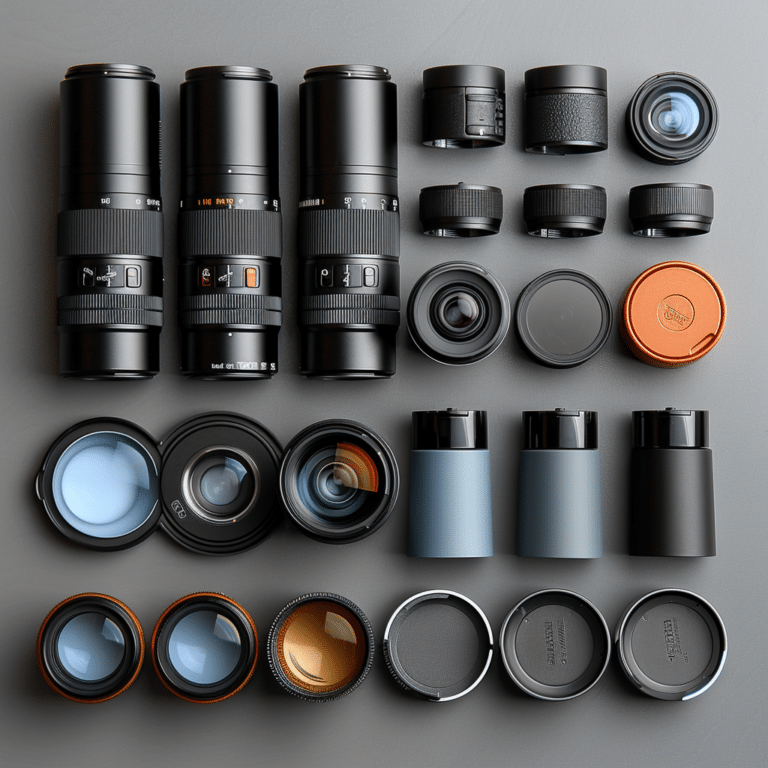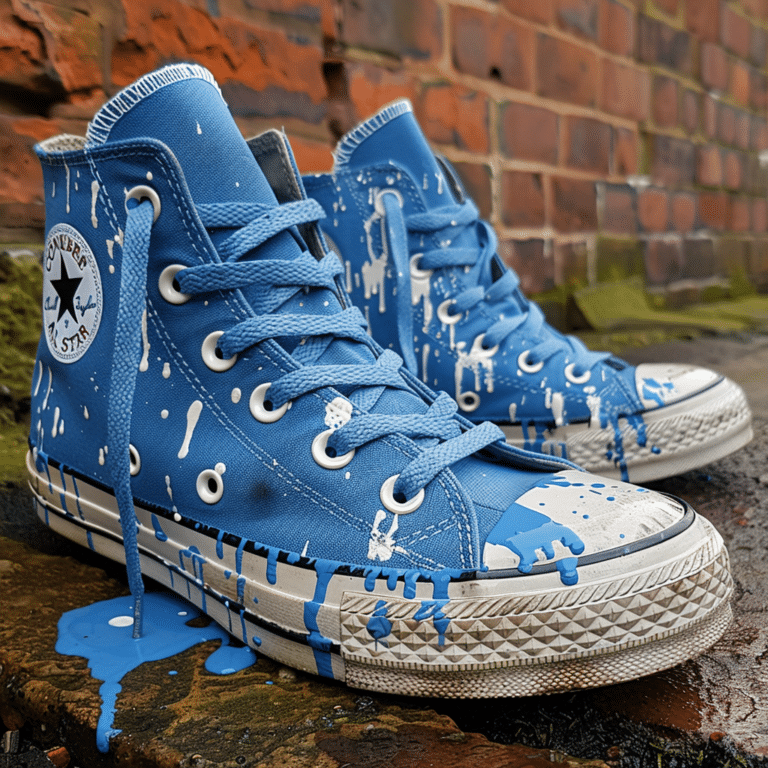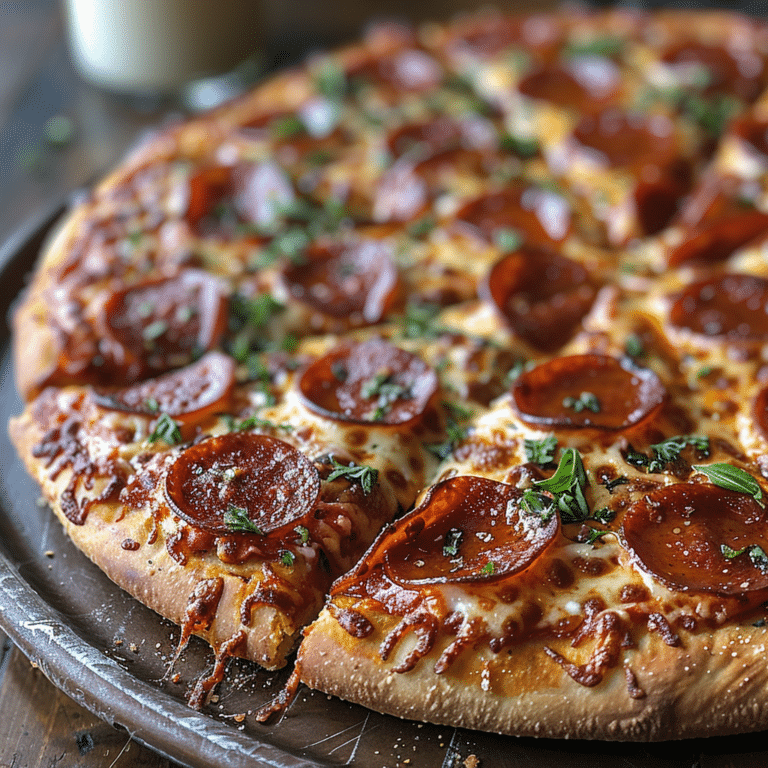Landing pages are commonly employed in digital marketing to drive conversions. Unfortunately, high traffic on a landing page doesn’t always translate to an enjoyable user experience, so creating an effective landing page requires more than simply drawing attention.
Google utilizes landing page experience to assess the relevance and usefulness of a page for people clicking on ads. Therefore, for your page to rank highly, it must be well organized and provide solutions that address searcher needs.
Which Attributes Define a Great Landing Page Experience? The content should be unique and pertinent to the user’s search intent in order for them to stay on the page. Furthermore, it should be easy for the user to navigate so they can quickly locate information they need. Ideally, portray your brand with honesty and transparency so searchers can trust your information as it pertains to their needs.
Why does landing page experience matter?
You must provide readers with the information they need quickly. On average, searchers spend 50 seconds on a useful webpage before moving on to another one; however, it only takes a visitor a few seconds to decide whether a webpage is worthwhile or not. Thus, poor landing page experience increases bounce rate (the percentage of visitors who leave without browsing or reading anything), which could have several causes.
- Studies have demonstrated that a slow loading time can significantly increase bounce rate. When page loading speed decreases from one second to three seconds, bounce rates jump by 32 percent and only 10% of users wait longer than 5 seconds for their page to load.
- Additionally, searchers rarely waste their time on pages that are difficult to use or navigate.
- Difficult-to-understand content can also turn away potential searchers.
- Visitors won’t stay on a website they don’t trust.
For visitors to enjoy visiting your site, you need to enhance their experience by offering value and making it straightforward to read and comprehend. Even if they don’t immediately leave, chances are good they won’t return – statistics show that 68% of shoppers won’t return after experiencing a poor search experience on your website.
Page experience is one of Google’s ranking factors, and a poor page experience can negatively affect your SEO. When there are many pages with similar relevance, page experience becomes even more essential in ranking. According to Google, landing pages attract more web visits as they focus on one item or goal with minimal user distractions such as links. This ensures visitors stay focused on the purpose of visiting and, with proper conversion rates, become buyers.
So which attributes describe a good landing page experience?
First Contentful Paint (FCP)
First Content Paint (FCP) is a user-centric website performance metric that measures how long it takes for users to view the first section of a page, including text images, video or non-white elements. This user-perceived page load speed helps reduce bounce back rate by signaling viewers that everything on the page works as expected. Note that FCP may differ from performance results provided by speed testing tools; additionally, note that FCP is distinct from first paint which refers to time lapse before any pixels render.
For optimal user experience, the first contentful paint should not take more than 1.8seconds to load. Sites taking longer are perceived as slow; studies show that the initial two seconds of page loading time are crucial; conversion rates drop by 2.11% per sec after that.
FCP is especially essential for mobile sites, with 53% of users abandoning sites that take more than three seconds to load. FCP plays an even larger role on ecommerce landing pages as it directly affects both your brand’s image and buyers’ trust in your website.
FCP also directly impacts Google search algorithm and SERP rankings, with some experts believing it accounts for 10% or more of a website’s performance.
Some of the causes of poor FCP include:
- Prolonged font loading time
- Slow initial server response time (TTFB)
- High request counts and large transfer volumes
- Presence of blocking resources
- Inefficient CSS
- Above-the-fold lazy loading and script-based elements
- Un-inlined above-the-fold images
- Too large DOM
- Frequent page redirects
There are various strategies technicians can employ to reduce the FCP of a landing page, and they include:
- Reducing Time To First Byte (TTBF), also known as the server response time, refers to the amount of time before your page loads with its first byte. TTFB depends on three factors: HTTP request time, server request processing time and HTTP response time. You can reduce TTFB by choosing a fast hosting provider among other strategies.
- Additionally, you can reduce render-blocking resources or elements such as HTML and HTML imports, CSS stylesheets and JavaScript scripts which must be downloaded before content appears, slowing down FCP. Therefore, it’s necessary to eliminate unnecessary CSS and JavaScript code.
- Optimize page loading time with preconnect, which gives the browser a directive to establish connections before sending an HTTP request to the server. With Largest Contentful Paint (LCP), you can achieve faster page rendering on any device.
- Reducing server response time (TTFB) by optimizing application logic to load faster, streamlining server database queries, and equipping the database server with a faster processor and larger RAM will significantly decrease server TTFB.
- Utilizing a responsive site design instead of redirects for mobile users can help minimize multiple page redirects.
LCP refers to the number of seconds from when the user initiates loading to when the entire page content is displayed and the most extensive item rendering. It is what most people think of when they talk about how quickly the page loads, and it is essential when optimizing the user page experience.
Which brings us back to our original question: what characteristics make for a great landing page experience? An effective landing page LCP should take no longer than 2.5 seconds to load. Note that any single large element (e.g., high-res image or video) can significantly slow this downtime.
Improving a landing page LCP is highly technical and often requires the assistance of a specialist. To resolve this problem, the experts may have to:
- Reduce resource load delay by ensuring the page begins loading as quickly as possible.
- Reduce element render delay so the LCP element appears instantly after loading its resource – this can often occur due to blockage.
- You can accelerate the speed of transferring resource bytes over the network to visitors’ devices by decreasing its size, distance travelled, network bandwidth contention and network time.
- Time to first byte (TTFB) should be reduced.

First interaction delay (FID)
The first interaction delay, also known as the first input delay, is another parameter used to evaluate landing page experience. It measures the time lapse between user’s first interaction with a site and when their browser responds. This could include clicking links or tapping buttons but excludes scrolling or zooming actions.
For optimal landing page experiences, the FID should not exceed 100 milliseconds. An extended delay can be caused by scripts and images downloading slowly due to disordered coding, leading to pages appearing unresponsive to visitors. Users typically have a negative first impression of sites with poor interactivity and are unlikely to return again.
When this delay is excessive, visitors may assume the site or their device has frozen. It also gives off an impression that something is wrong with the site – either unusable or dangerous – in which case they will leave. There are various methods available for optimizing a landing page’s FID, such as:
- Optimizing pages for interaction readiness
- JavaScript Optimizations to Reduce Execution Times
- Breaking Up Long Tasks
- Utilizing a Web Worker
Cumulative Layout Shift (CLS)
Lighthouse introduced the concept of cumulative layout shift in 2020 to measure a page’s perceived visual stability while it loads. Unlike other metrics which measure time, this one measures how much content appears to shift or move around during loading.
A high CLS may occur when a user is reading a page and as images load, the page drops down suddenly. This could cause users to accidentally click in an inappropriate place while waiting for something else to load. If this has ever happened to you, you know how frustrating this can be!
Experts often include the height and width attributes of images or video elements to prevent CLS (canadian legal system). Doing this allows UA stylesheets to apply the element’s default aspect ratio based on those measurements, ensuring that only one element takes up its reserved space when loading without interfering with other content.
Which elements make for a good landing page experience? A low CLS contributes to an enjoyable visitor experience. A CLS score is technical, calculated by multiplying the impact fraction by the distance fraction. Experts recommend aiming for scores of 0.1 or lower; scores below 0.25 indicate poor quality content that needs improvement.
CLS (Content Load Score) is one of the primary factors affecting user experience on landing pages. Studies indicate that over 50% of desktop and mobile URLs have poor scores, with mobile URLs having an average score of 0.29 while desktop URLs boasting a 0.25 score.
The CLS score of a page is vital for SEO. SEO takes into account factors like traffic, page ranking, conversions – so user experience plays an integral role. Fortunately, poor CLS scores often stem from coding issues which can be fixed with expert assistance.
Which attributes describe a good landing page experience? Other Website UX Factors
Content quality and originality
Your users should find the content you provide them useful by solving their problems. When users search for information in their browsers, they’re looking for solutions – if your page doesn’t meet these expectations, users are likely to quickly leave and look elsewhere.
Google rankings are currently determined by the quality and freshness of content. If your page offers identical material as all other sites, it won’t likely rank. Therefore, give users a reason to read your page instead of one from one of your competitors.
Expert opinions can be considered original and valuable content, leading to greater reader engagement. You can also differentiate your approach with each piece of writing by making it unique, informative, and likely to attract good rankings in search engines.
Additionally, to create high-quality content for your readers, you must define who they are and the purpose of the post. It could be to inform them about your products or entice them into buying or staying engaged with the content. As you create content, take into account searcher’s intent and guarantee it meets their needs.
Ease of navigation
Your landing page should be simple to scan through and locate information quickly. Most professionals suggest using images, subtopics, listings, highlighting text and other elements on a page for improved readability. Furthermore, simplicity in language and other elements are key in avoiding confusion and saving users’ time. When content becomes crowded it takes visitors more time to read it, potentially leading them to abandon it completely. Furthermore, having many pages does not always guarantee an excellent user experience unless they are of excellent quality and easy to navigate.
Aesthetics
Your landing page should always showcase your brand image and style. Users need to be able to trust what they see from both content and the appearance of your website. There are various techniques you can use to improve aesthetics, such as altering text size, layout design and organization. Incorporating images, videos and illustrations also helps make reading easier while improving UX. With clear headers and organized text it becomes much simpler for readers to navigate around the page for greater ease of reading and better UX overall.
In short, you should answer two questions: does the page look professional? Does its style reflect the brand of your site or company? If users have a great time interacting with your page, Google will likely rank it higher in search results for that keyword.
Mobile interface factors
Mobile-friendly sites tend to provide a better user experience due to the fact that more than half of searchers use their phones, with an even larger percentage making purchases on them than on desktops. Therefore, it’s essential that your mobile site design, look and feel provide the optimal user experience.
Are your site’s links too small to tap when viewed on mobile? Is there a mobile-optimized version of the site, or do mobile visitors simply see an enhanced version of the desktop site? Having a responsive version of your website allows you to take advantage of the large audience that goes online using their phones.
Search engines prefer websites with well-designed mobile layouts, and every element of your mobile site can affect its SEO ranking. Therefore, all other factors we discussed previously for a great landing page experience also apply to mobile sites.
Which attributes describe a good landing page experience? How to improve landing page experience
Your landing page experience could be the reason you’re still not seeing conversions despite having received a significant number of clicks. To identify and resolve the problem, you need to enlist the assistance of an expert. Technical aspects like FID and CLS are highly affected by many variables, making them difficult to diagnose and resolve even for experienced web developers; even they sometimes require hours of effort just to get right.
There are, however, a few things to try first:
Use a CDN (content delivery network) to speed up images and video loading
CDN is a caching strategy that utilizes several geographically distributed servers to accelerate the delivery of internet content. These servers pull content from hosting servers and distribute it to the CDN for quick transfer of assets such as HTML pages, JavaScript files, stylesheets, videos and images that must be loaded quickly on-demand.
It is essential to note that CND does not offer web hosting solutions, but rather helps optimize website performance when traditional hosting solutions are utilized. With CDN, content is brought closer to page visitors which reduces load times and thus enhances user experience. Moreover, users tend to spend more time on a website, leading to lower bounce rates.
Caching reduces bandwidth, which in turn lowers service interruptions and boosts security on your website. CDN protection from malicious attacks helps ensure content availability increases with reduced interruptions and low traffic levels; distributed servers being more resilient to failure and with higher capacities to handle high demand increases as well.
CDNs also help cut back on bandwidth costs for web hosting. By caching data from origin servers, less data must be sent back, thus cutting down on hosting fees.
Remove, crop, scale down, or compress large images
Images can be an essential element of your website’s visual aesthetic, SEO performance and overall user experience. Studies suggest pages with images receive 94% more visitors than those without. Unfortunately, too large images may slow down your site by drastically increasing loading speed.
When using too many unoptimized images on your page, the loading speed decreases, frustrating visitors and decreasing search engine rankings. High resolution also consumes more bandwidth during loading due to its heavier nature; therefore, you need to reduce their size by scaling them down, cropping, compressing and removing unnecessary images.
For optimal image quality, image size should not exceed 2400 by 1600 pixels; larger images may need cropping on some devices with smaller aspect ratios. Furthermore, file sizes should not exceed 20MBs and resolution should not surpass 120 MP (megapixel). JPEG format is preferred over other web image formats due to its lightweight nature.
If an image is too large to send via email or other medium, compression software can be used to reduce its size. Doing so eliminates unnecessary data and maximizes bit representation of the picture for fast transmission across any network.
Remove elements like audio/video player widgets
Videos and audios can help to captivate your visitors’ attention and boost conversions. However, these elements can affect user experience by increasing bandwidth usage, slowing down your site, and taking up more storage space.
You can optimize your page by eliminating elements that increase their sizes, such as audio and video widgets. Also, reduce the video bitrate and resolution to what is essential. Alternatively, convert the video into a more web-friendly format like MP4 (or MPEG-4) using H.265 (HEVC) codec.
Turn off responsive design features like mouseover animations
Finally, if your website is running slowly, you may want to consider disabling some of the responsive web design elements. While some of these elements can provide a good user experience, others could potentially slow down page loading speed and impact rankings as well as increase bounce rates. Furthermore, why would you need extra features on an inactive website that doesn’t generate business or draw visitors?
Need help with your landing page experience optimization?
If your website is not ranking with the right views, there’s something wrong and professional help could be beneficial. An experienced SEO specialist will analyze every aspect of your site to identify the issue and provide solutions; optimizing content for user experience and search engine rankings cannot be done by anyone without professional assistance.
Loaded Media’s web developers specialize in fixing technical page loading issues. Let us take a closer look at your site, and chances are we can increase traffic and reduce bounce rate by getting everything running quickly and efficiently.











